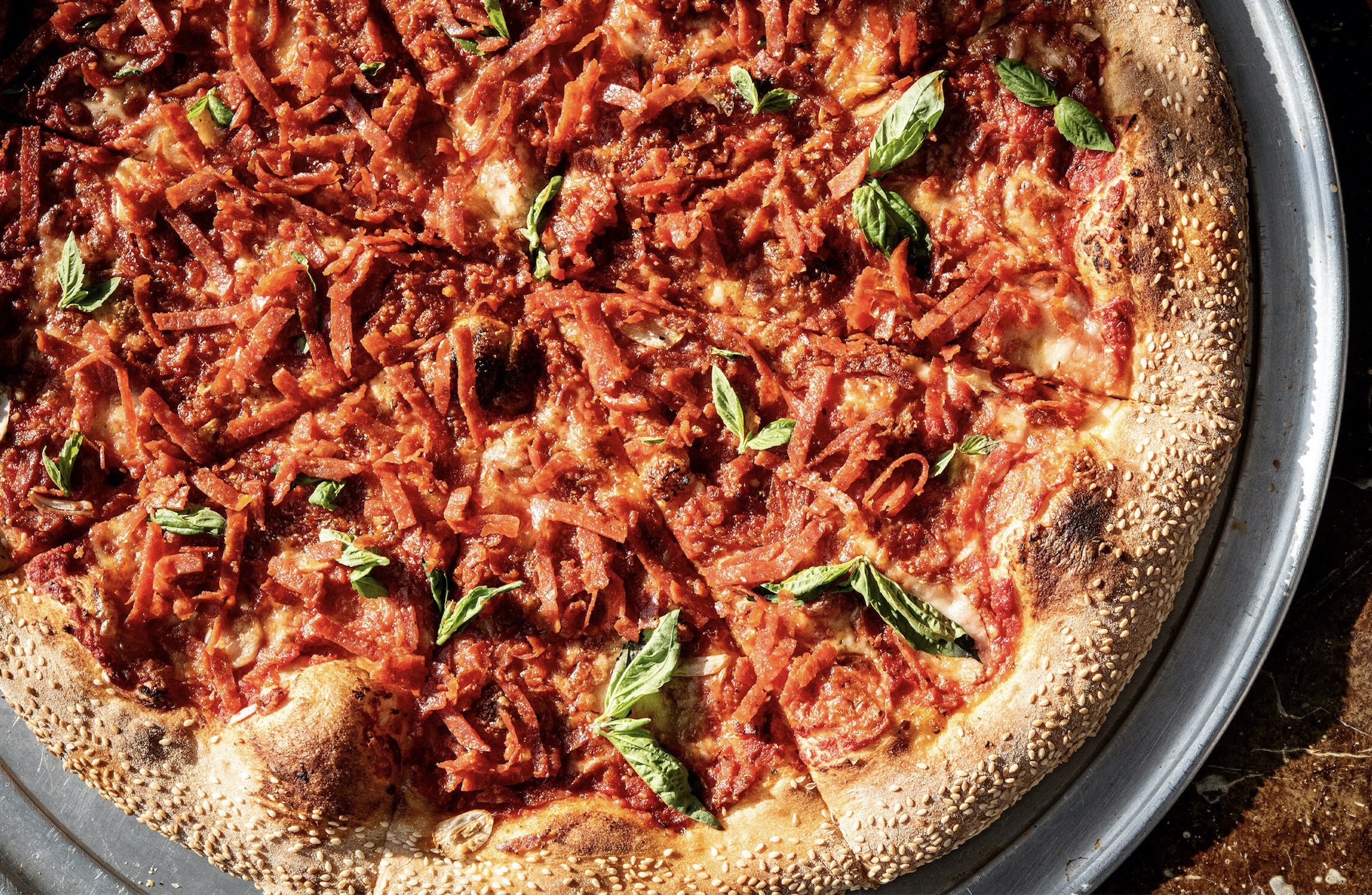Jason Bull, director of Brighouse, West Yorkshire, England-based Eurostar Commodities, in listing the biggest food trends to expect in 2022, says that while Inflation, price increases and spiraling transport costs are getting plenty of attention, there’s lots more going on.
“If you look beneath the headlines there is a world of food sophistication taking place with a special focus on healthy eating and clean label,” stated Bull. “While the world around us is complex and dark, people want to go back to basics with their food, dropping over-processing in favor of simple, clean foods that people understand are much better for their health.”
He has outlined the “Top 10 Trends” in ingredients, labeling, production and other factors as follows:
1. Clean Label
Consumers are focusing increasingly on the ingredients that are within products and more importantly the functionality they have in products. As a nation, the United Kingdom is becoming more determined in efforts to eat cleaner and more sustainably. Ridding products of E numbers while retaining functionality and quality is a constant goal and will be an ongoing trend for 2022.
2. Innovative Pizza Flours
New varieties of pizza flours for different final products will start to come to the fore with the continued growth and demand for pizza in Britain. Eurostar Commodities flours such as Pinsa Romana (to produce a typical roman style pizza) and new crispy bite pizza for a crispy golden crust will make an appearance as well as innovations like a prebiotic and probiotic base.
3. Sustainable Production
The focus on climate change is starting to come to the fore as food processors look for ways to produce more sustainably and with carbon efficiency. Full recyclable packaging is necessary for any new product development and new listing opportunities. As an example, Eurostar Commodities are sourcing from as many carbon neutral suppliers as possible and producing as sustainably as possible.
4. Climate Change
Climate change is having a significant impact on crops this year and is set to continue. Drought and heatwaves in Canada decimated this durum wheat in 2021 – 45% less wheat was available and Canada was the world’s largest exporter. This has had a big effect on prices that have subsequently risen by 90%. The opposite effect is in Europe, where France had a terrible wheat harvest due to poor weather and too much rain. Crop impacts will be seen across the world and should be taken very seriously as a food security risk.
5. Increased Costs
Increased costs are being dealt with in the supply chain across the board, from shipping/freight prices rising up to 10x to increased energy and production costs to lack of raw material, demand outstripping supply and increased labor costs as well as the shortage of labor driving wage prices up. Inflation is at a 10-year high and is due to increase further as there is no end in sight to some of the supply chain inflation.

6. Sushi Rice and Japanese Flavors
Food inspired by faraway places has flourished during the pandemic, and experts have tracked a particular interest in Japanese flavors in the build-up to and following the Tokyo Olympics. Sales of Umami paste have risen 17% and sushi sales are up 54%. Sushi rice continues to increase in popularity and range extensions are increasing demand in low season periods – such as Sainsbury’s new pigs in blankets Christmas sushi! Brand extensions and rollouts such as YO!’s ready meals and increased kiosk presence is increasing availability of sushi and organic demand growth as a result. However, be aware that the price of paddy rice is increasing and will no longer be available on the open market from March 2022. By Spring, the forecast is that there will be no paddy rice left in the entire global market. There will be 13% less rice available in total volume than the previous year, meanwhile global demand is soaring. This includes round grain and long grain and extends into the various cereal processing industries that are dependent on rice as a key ingredient. We are likely to be looking at a 30% increase in price to consumers.
7. Flexitarian
Recent research by Quorn showed that 41% of British families are now Flexitarian, which means less consumption of meat and embracing vegetarian and vegan meals. Separately, peer reviewed data published in the Lancet shows an absolute decline in red meat consumption per person in the UK. Daily intake overall is down by 13.7 grams, with a further 7 grams down on processed meats. So, Brits are already eating less meat of a higher quality. Expect to see more of this during 2022.
8. Bigger, Better Breakfast
Fueled by home working, and with new coronavirus variants potentially on the horizon, we can expect further home working in 2022. Cutting the commute means many people have time for a more leisurely breakfast. Data compiled during the first lockdown found that Brits ate eggs for breakfast 68% more than during the previous year. This is a huge increase. Also up were bacon sales (21%) and pastries (25%) , according to Waitrose.
9. Mushrooms
Netflix’s Fantastic Fungi has cast light on the adaptable and humble mushroom. They certainly deserve their status as a superfood and their developing cult status is reaching everywhere. Mushrooms have a vast underground network (Mycelial network) that we are only just coming to understand. As well as eating the humble mushroom itself, look out for products that use mushroom as a flavoring, or ingredients to add flavor, depth and a natural kick. Mushroom powder is being used increasingly with benefits including immune busting, aiding sleep and digestion and improving digestion.
10. CBD
The Cannabidiol (CBD) market exploded in 2021 with a pandemic-weary audience going crazy for the medicinal benefits of CBD. There are many claimed benefits ranging from pain relief to general wellness. In 2022 we will see more innovation in food and drink products containing CBD hitting the shelves in health food shops and pharmacies. The big question is whether we see them hit retail and convenience.
About Eurostar Commodities
Established as a family business in 1994, Eurostar supplies over 10,000 tons of ingredients and commodity products including grains to the UK and Europe every year. Its core brands include Kintaro sushi rice, GMI Italian flour, Confucius and Chinese Emperor long grain rice, Crispy Bite pizza flour and Eurostar own label products.






